You have been learning things that would help you place confidence in the Dhamma, taught by the Buddha. It is not either from a statue or from pictures of the Buddha that one should try to identify Him. The Buddha indeed needs to be identified through the Dhamma He preached. When the Buddha was alive, the monk named Vakkali was constantly staring at the Buddha. Then, the Buddha told him, “Dear Vakkali, realize the Dhamma. Then, through the Dhamma, you will see me.” This clearly shows that one can see the Buddha only through the Dhamma.
If it were possible to see the Buddha from a statue, it would have been the great disciples (Liberated Disciples) who would have first built the statues of the Buddha. If that was the case, they would have come to a decision to build Buddha statues for future people to see Him, even before the first Dhamma council was carried out. But, the Liberated Ones did what was actually needed to be done; they protected the Noble Dhamma. They organized a Dhamma council, which means they arranged the discourses of the Buddha methodically so that the Dhamma that is now available to us was handed down by those Liberated Ones.
To this point, you have been learning about the first set of meditations described in the Satipatṭhāna sutta, which is found in the Noble Dhamma preached by the Buddha. You now know a great deal of the Satipatṭhanā sutta. You should have an understanding about how much knowledge you now have about the Dhamma preached by the Buddha. This is a rare knowledge.
We need to discuss the truth of this life and not something that is untruthful. According to the Buddha, life does not end with death. It is an endless trajectory trough births and deaths. This journey is fought with much pain and suffering in planes of misery, and very rarely does one come across the teachings of a Buddha along this passage. Therefore, one should place his confidence in the Dhamma, and develop his confidence to an unshakable state.
Therefore, do not miss this rare opportunity. To achieve this end, we need kalyāna mittās or noble friends who help us understand the great teachings in its purest form without alternating it with their own viewpoints or sullying it in any other way. The Buddha once said to an arahant named Upāli, “If a Dhamma you hear talks about non-adherence; if it talks about eradication of lust and greed; if it talks about freedom from suffering, Upāli, understand that it is the teaching of the Buddha. If any teaching you hear does not promote non-adherence; if it does not talk about the eradication of the lust and greed; if it does not talk about the freedom from suffering that is not the teaching of the Buddha.” So, we must understand that the teachings of the Buddha are guidelines for gaining freedom from the cycle of birth and death, not for extending the cycle of rebirth.
You are now going to learn the final section of the Four Establishments of Mindfulness. It starts with the explanation of the five hindrances. The Buddha advised that one needs to establish his mindfulness in the true nature of the five hindrances properly. If sense desire has arisen, then one should be mindful that the sense desire is present in him. The purpose of mindfulness here is to terminate that sense desire here, and not to reflect on it, thinking, “sense desire…sense desire….” The meditator understands that the sense desire arises because of two factors: pleasant objects and unwise consideration. One who cultivates the dhammānupassanā meditation starts to establish himself in the Dhamma by focusing his mind in getting rid of distorted perception on that pleasant object. Once the sense desire is gone, he realizes that the sense desire is not present in him.
Also, when anger arises in his mind, he understands his mind using his wisdom. But, reflecting on anger thinking “Anger… anger…” is not what one should do here. What should to be done here is to be mindful and think, ‘that anger has arisen due to the Patigha nimitta or the mental image that caused our anger and unwise consideration. Using wise consideration, now, he can develop thoughts of loving kindness. Thus, he realizes the change that occurred in him. The ill will hindrance that he had is no longer in him now.
Then, when drowsiness, laziness, dislike, and discontent in practicing the Dhamma have arisen in him, he realizes that thīnamiddha [drowsiness and laziness] has arisen in him. When thīnamiddha arises in him, he understands that it arises as a result of unwise consideration and heedlessness. He further thinks that he should get rid of the laziness and sleepiness. ‘I need to overcome this thīnamiddha.’ He then gets rid of the laziness and sleepiness based on wise consideration and heedfulness.
He establishes his mind on mindfulness of death thinking ‘I could die right now. Who knows if I am going to die today? I could be in an accident today. Who could say what kind of tragedy would come to this life. Therefore, I should practice this Dhamma before something like that happens to me.’ In this manner, he establishes his mindfulness and continues it promptly. Thus, he gets rid of laziness and sleepiness and handles his life free of drowsiness and laziness with a great effort.
Now, he’s mindful to see if there is any remorse, which means regretting past incidents and distractions. If there is any, he understands they have arisen due to unwise consideration. He further investigates these past incidents that cause regret and remorse by thinking, ‘these are impermanent. There’s no need to think about these things again. What happened in the past is now in the past. I am a new person now. I am someone who has now come to the Dhamma. I am a person who tries to cultivate my mind. Therefore, it is a hindrance for me to have these things in my effort of developing my mind in this path of the Dhamma.’ Reflecting in this manner, he gets rid of being sad about what has happened in the past. Then, when the mind is distracted, he understands this mind is distracted due to unwise consideration. He abandons this unwise consideration and instead of hard effort, he patiently continues to establish mindfulness with an investigation of mind.
Next, a doubt may form in him about this Dhamma, ‘Is this meditation I am doing correct? Is this method I am practicing correct? Would I be able to cultivate my mind in this manner? Would I be able to obtain results?’ When he keeps thinking like that a doubt arises in him. As long as this doubt is present, he could not focus his mind in practicing the Dhamma. His mind starts to establish in other useless things. This could happen because of doubt. One needs to acquire a proper realization of the Dhamma in order to free from that doubt. The Buddha preached that a person who is in doubt all the time thinking about, ‘how this goes and how that goes should discipline himself in a path that helps attaining wisdom (Kathaṁ katī ñāyapathāya sikkhe ). Then he will develop a faith toward the Buddha. It is indeed by developing a faith that one could free himself from doubt.
Faith means placing confidence in the enlightenment of the Supreme Buddha. Most people just state their own views and prevent people from realizing the Dhamma. That shows their unfaithfulness towards the Buddha.
So, it is not what we should do. One should think that, ‘this is the Buddha’s Dhamma. Most people freed themselves by practicing this Dhamma. Oh! This Dhamma is also for my refuge, for my liberation!’ And, he should thus develop his confidence and free his mind from the five hindrances.
When he continues to discipline his mind in this manner he realizes that these five hindrances act in others in a similar manner. He, thus, sees this change by seeing it acting similarly even in the internal life. Afterwards, he uses the knowledge to realize this life. Then, he understands that these five hindrances arise due to causes and cease with the cessation of those causes. He, then, understands both arising and cessation of these five hindrances. Therefore, when they arise in him, he does not take the five hindrances as me, mine, or myself. He becomes mindful about not getting attached to any of those since the five hindrances have the nature of arising and ceasing. That mindfulness helps him to cultivate wisdom, mindfulness, and effort further.

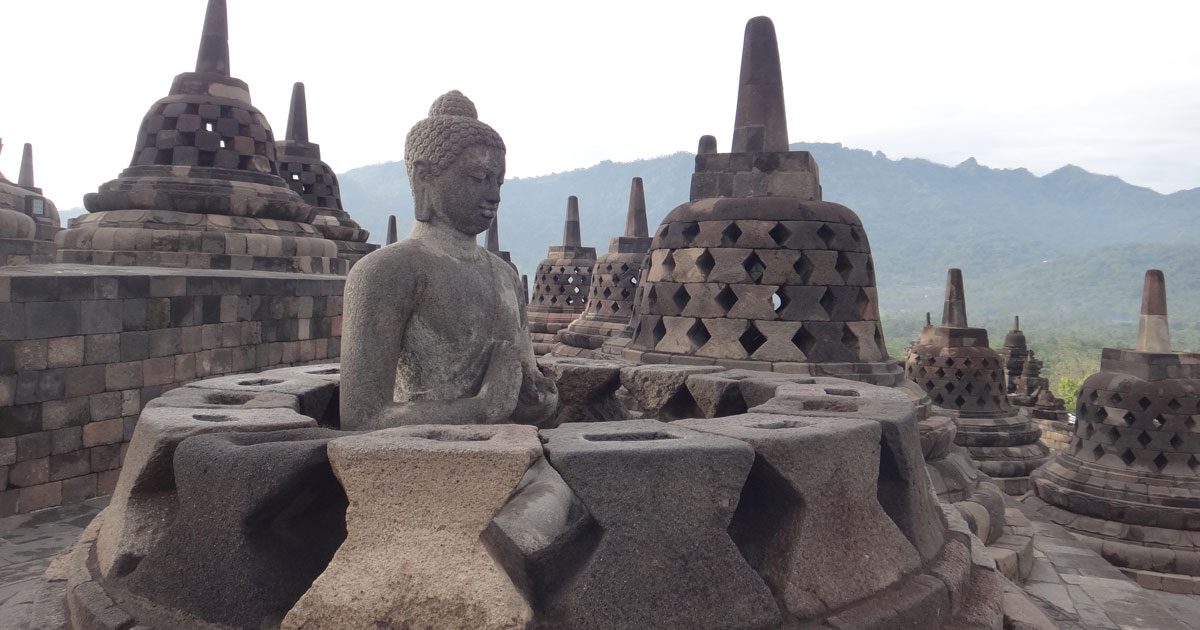


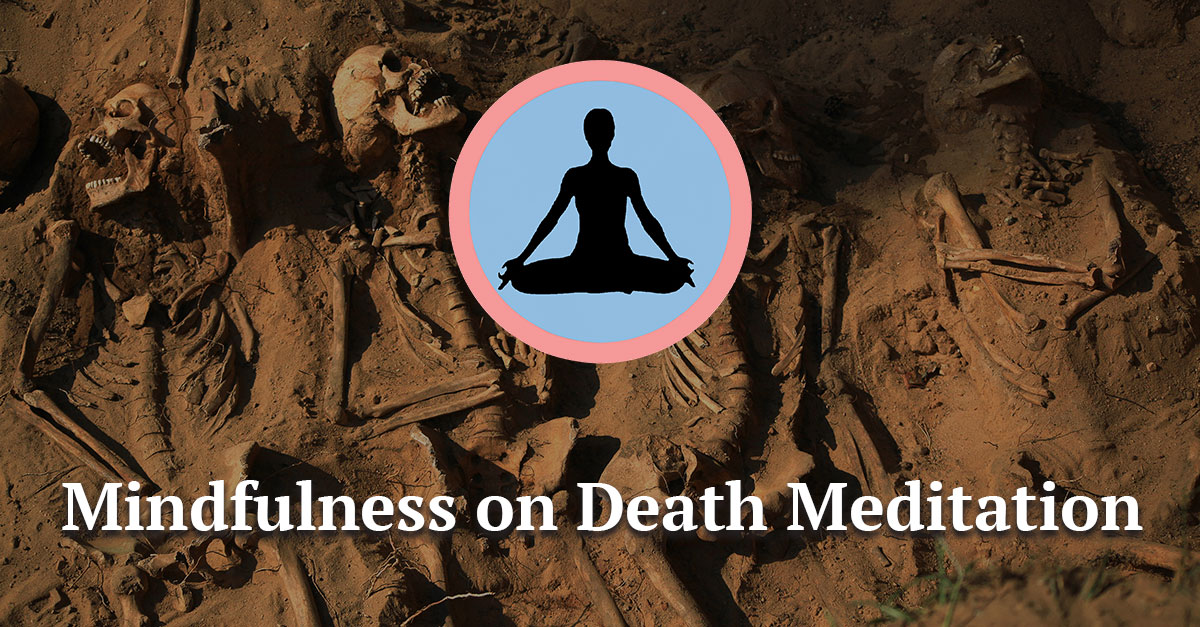

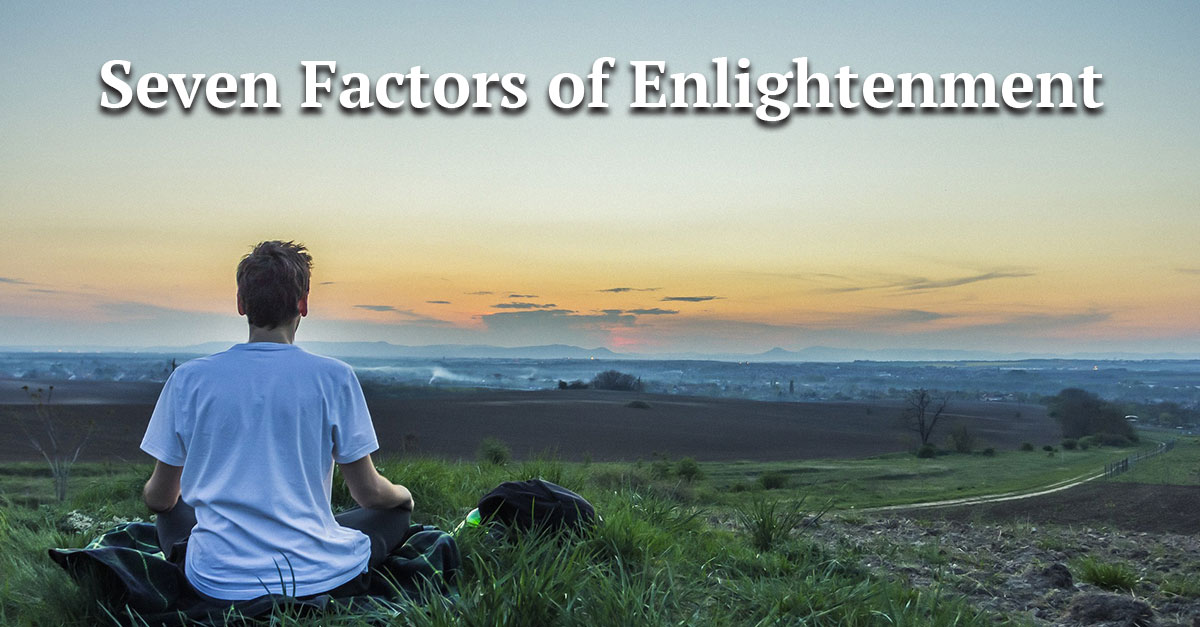
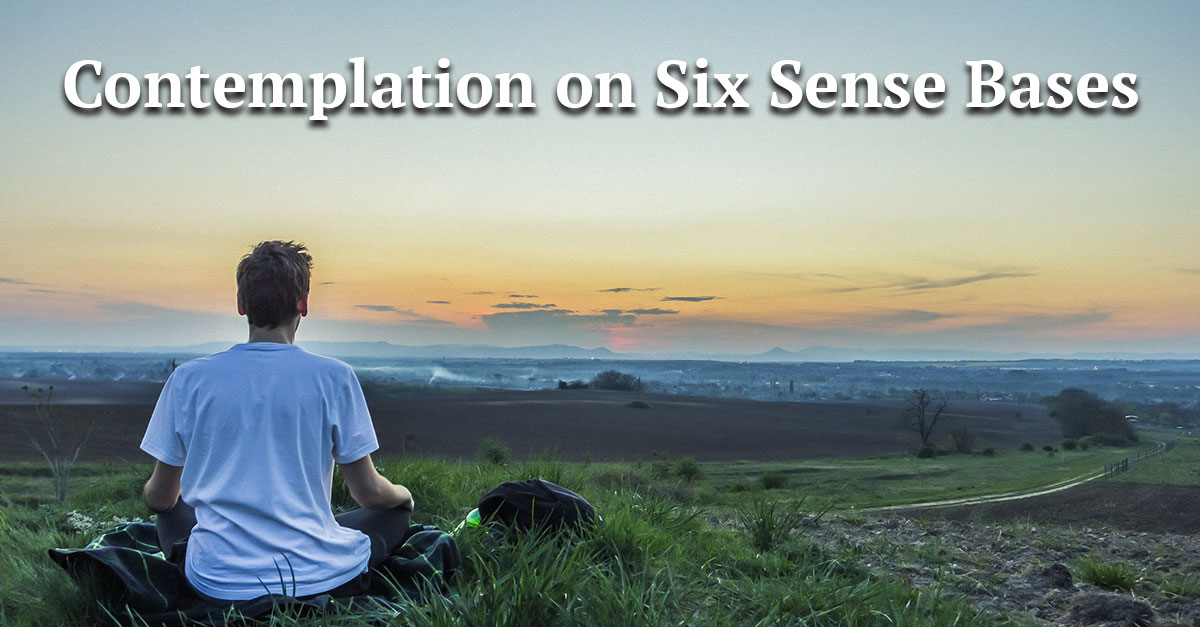

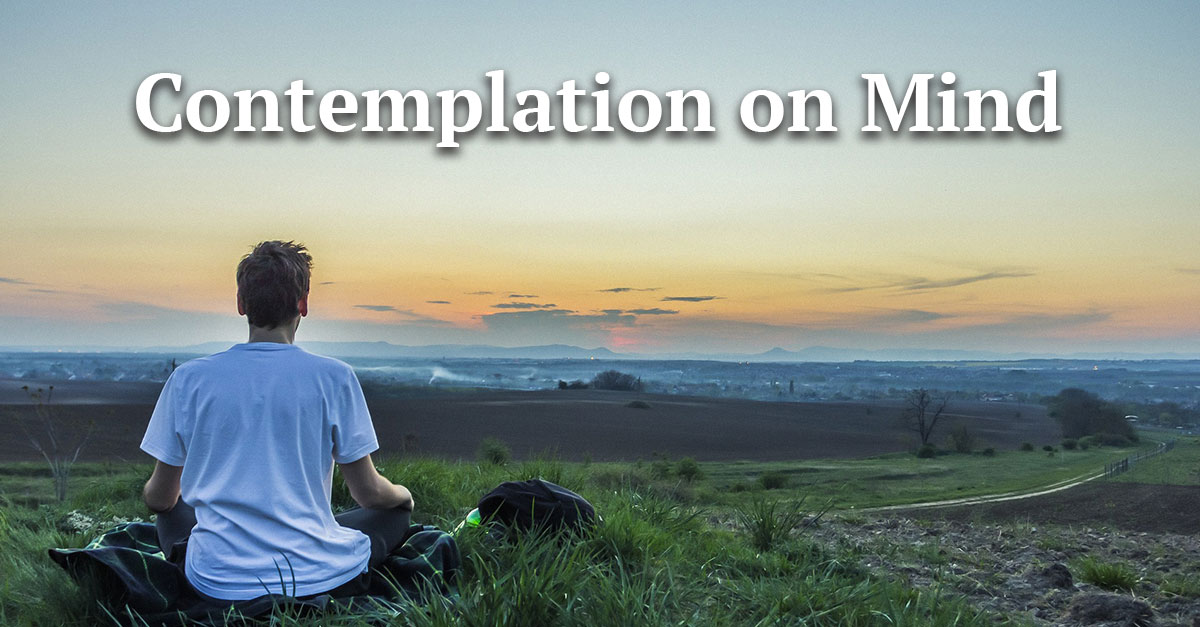

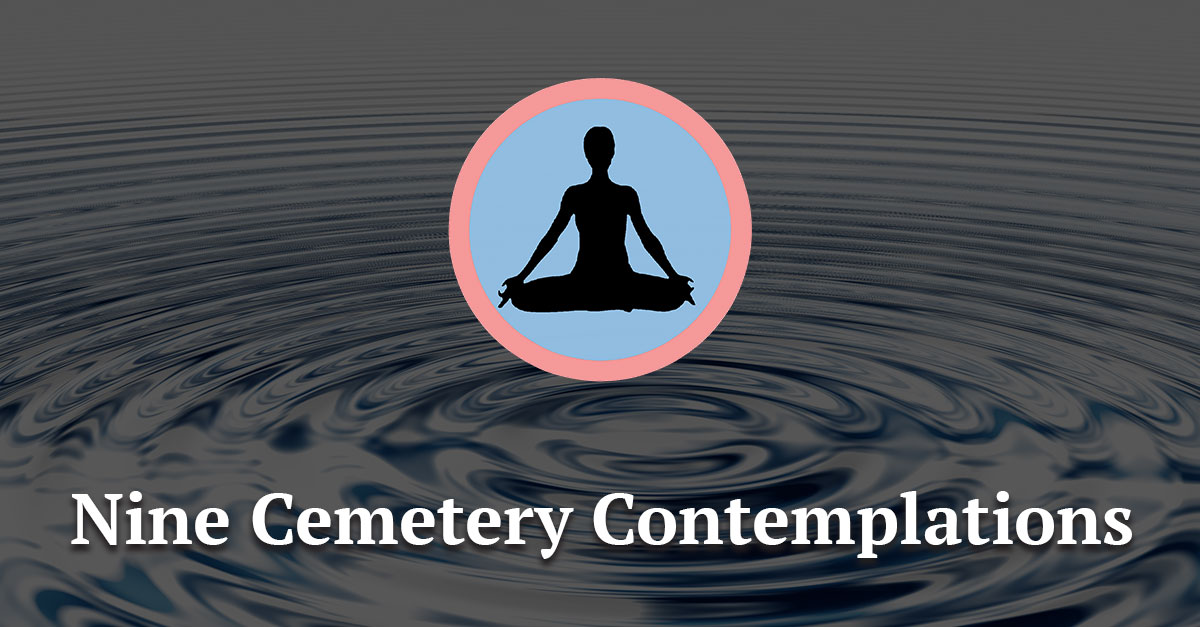
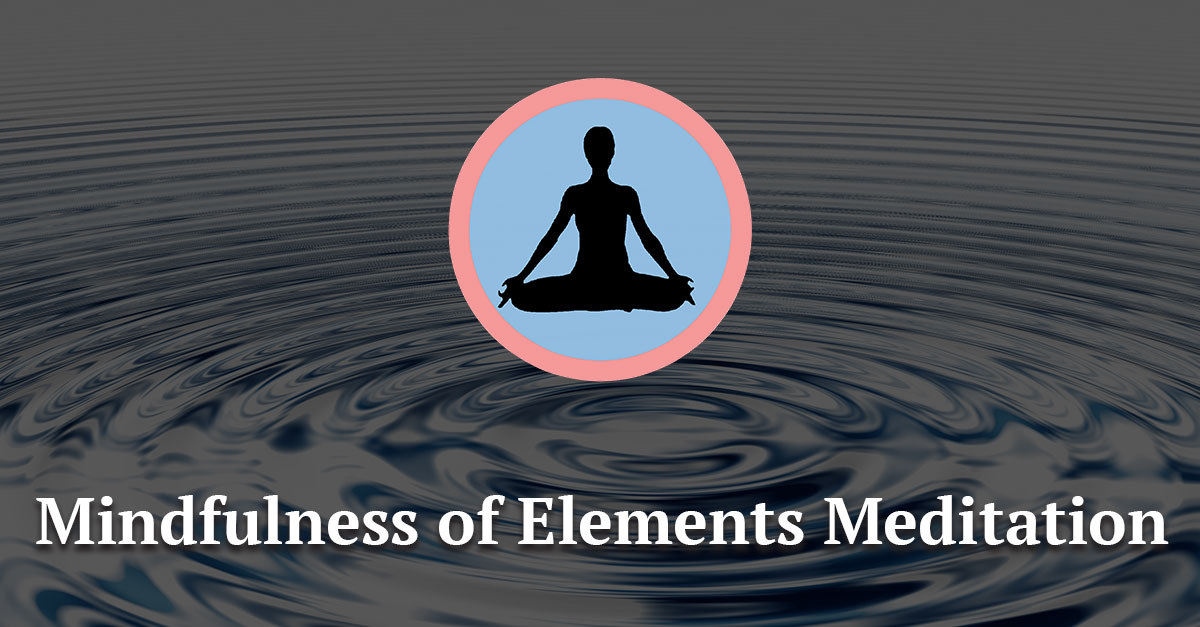
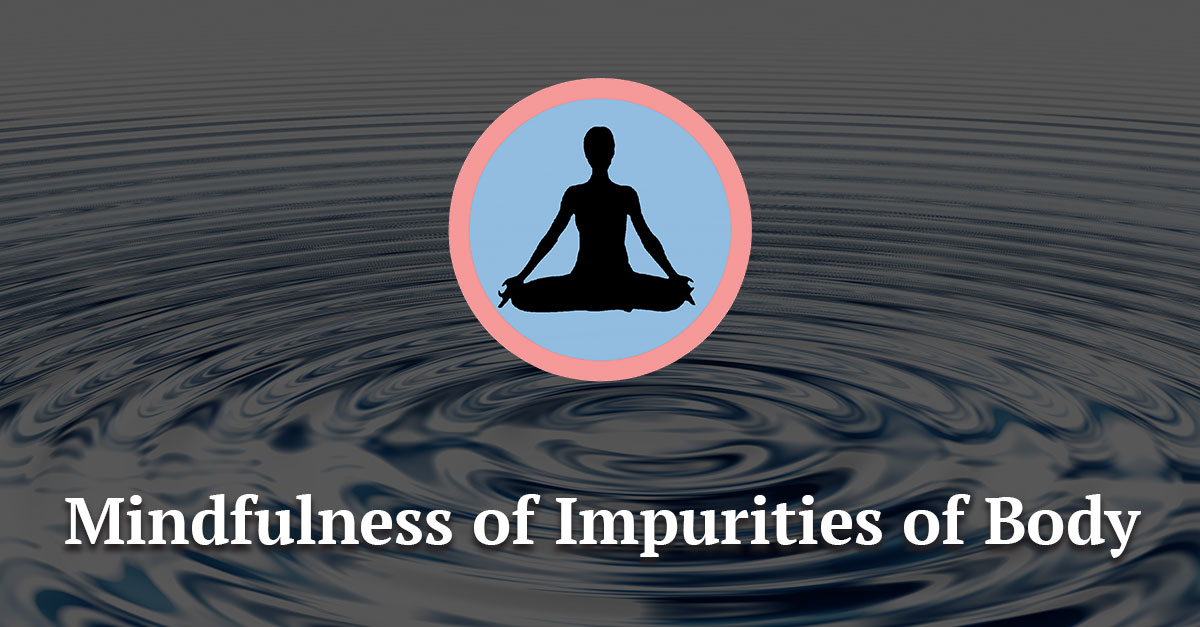
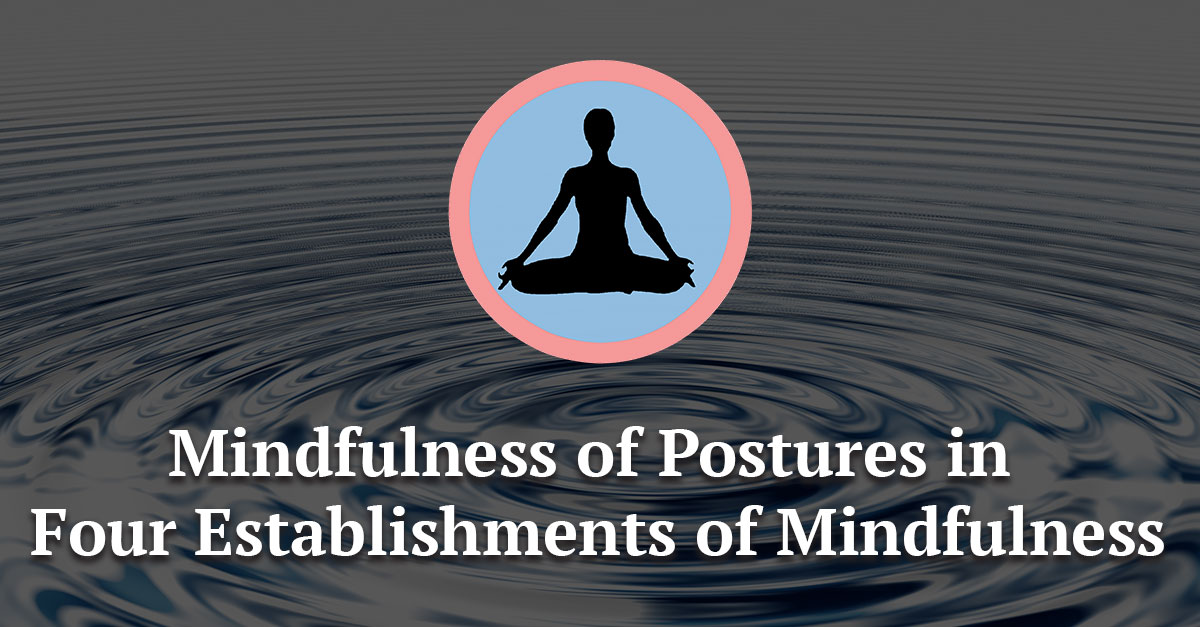
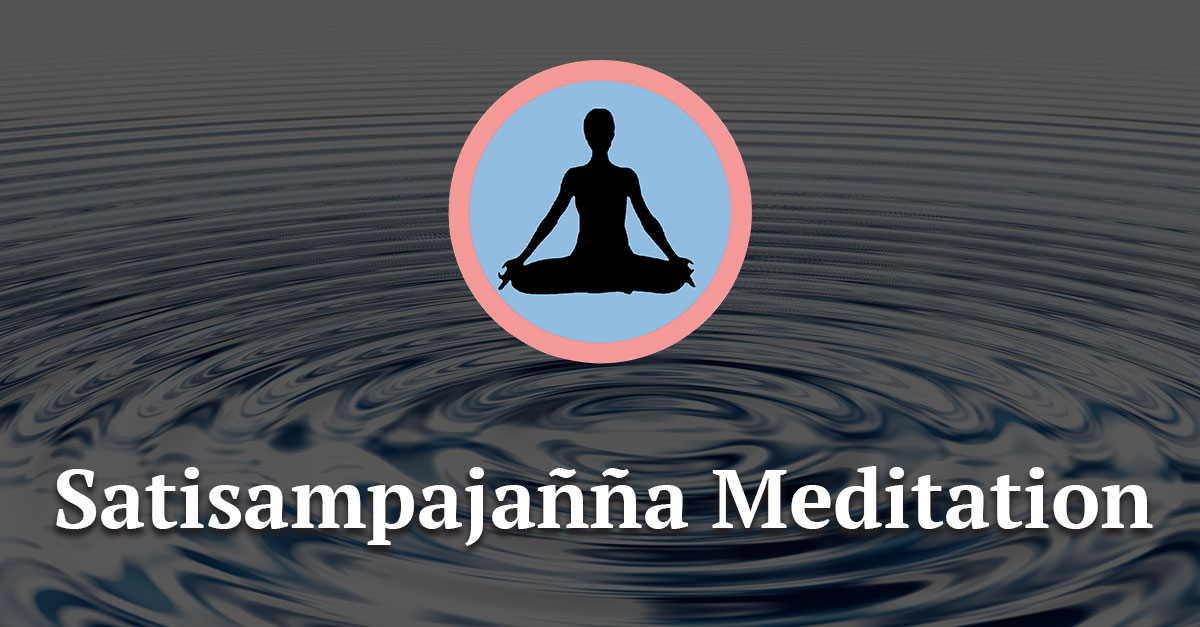
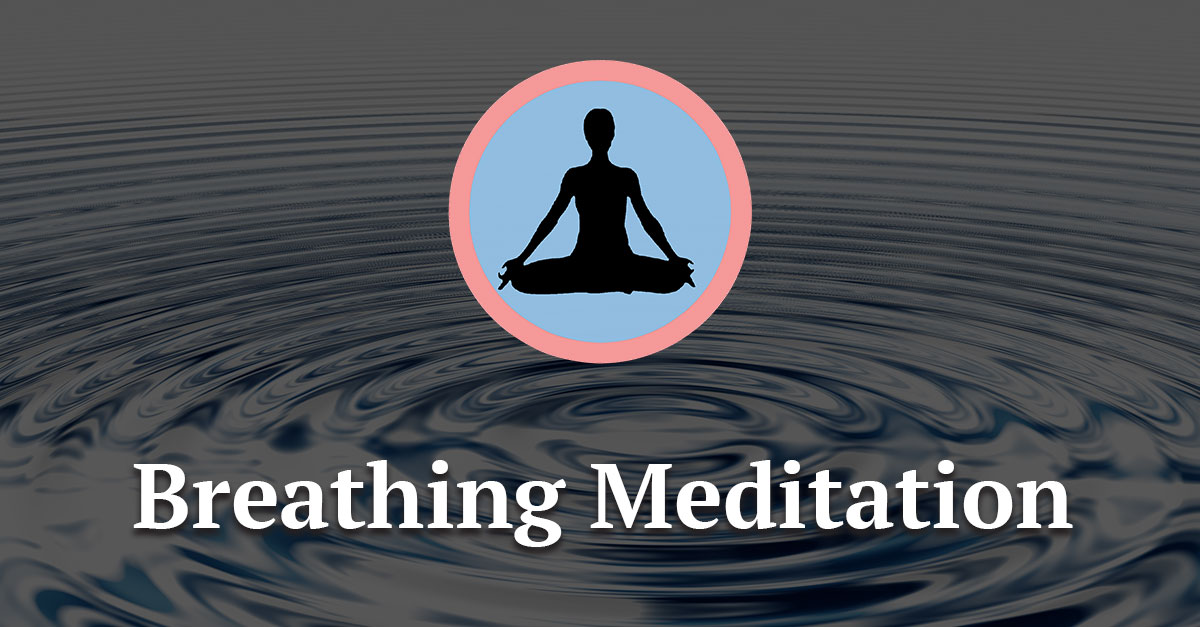
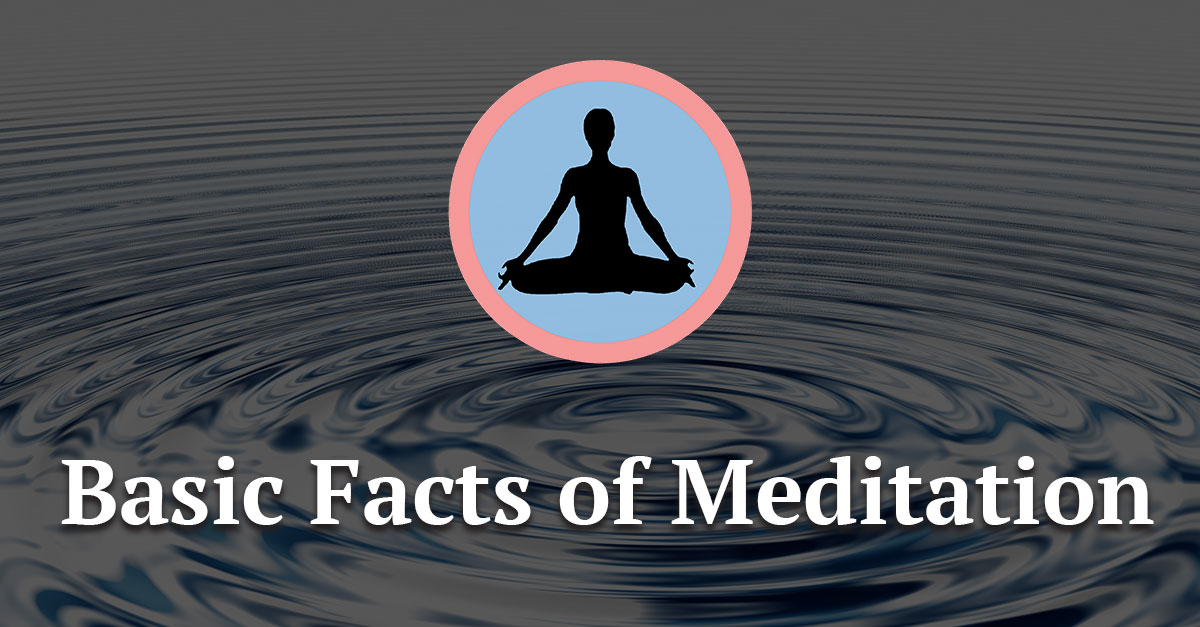
Leave A Comment